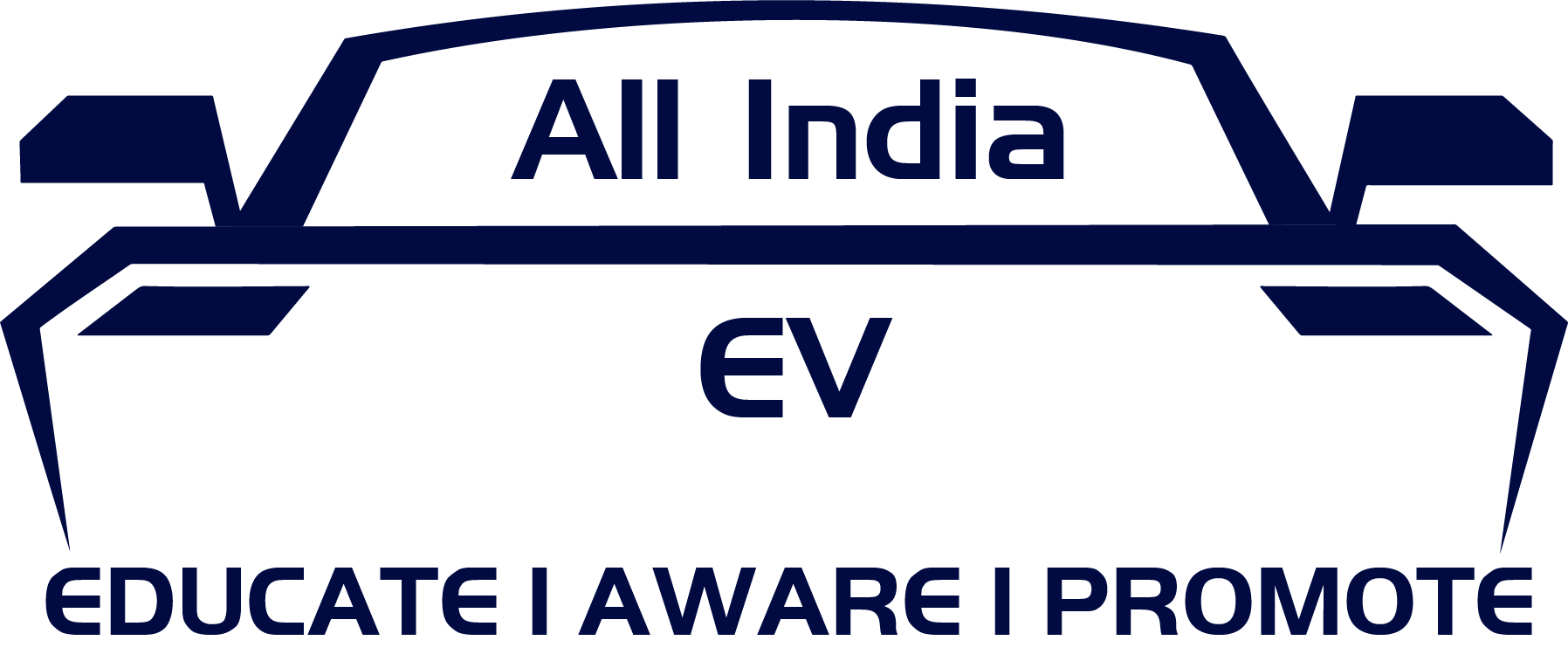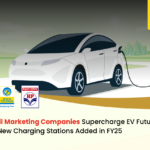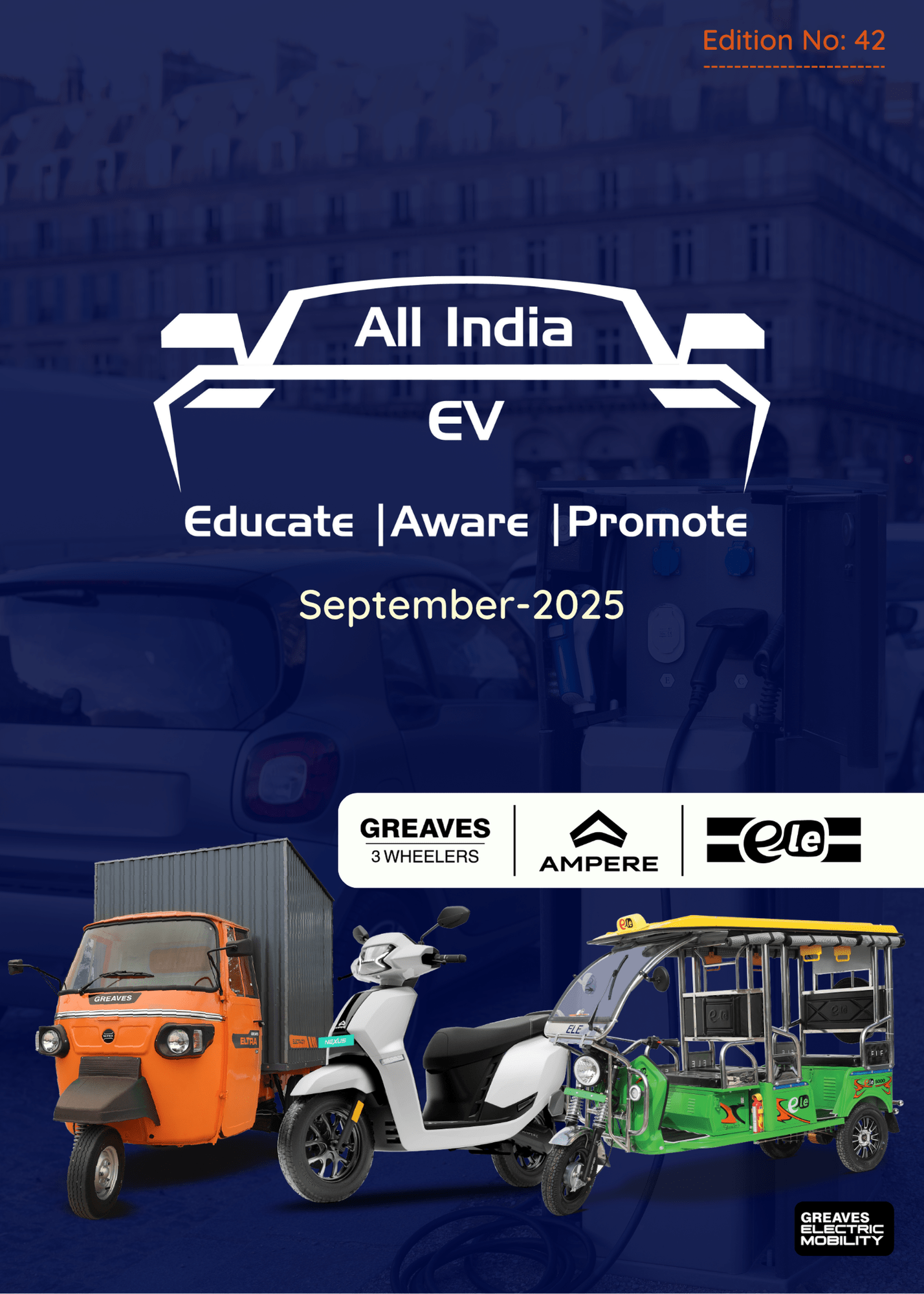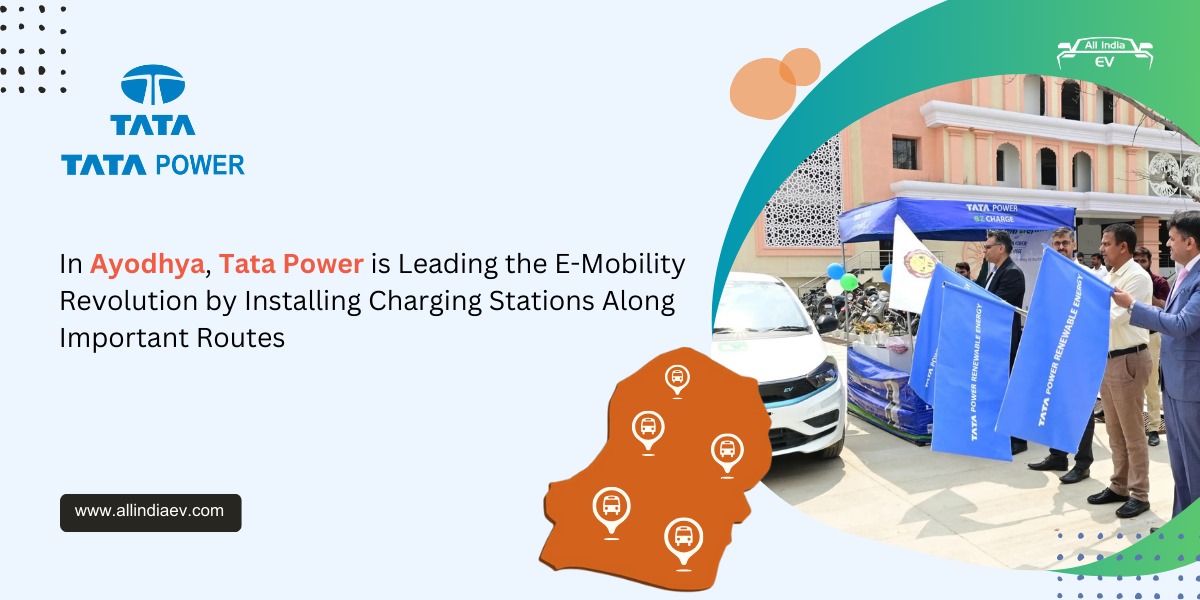
National Critical Mineral Mission: Scaling Recycling, Reducing Imports, Securing the Future, a thought by Nav Prakriti
India’s clean energy ambitions hinge not just on solar parks, EV rollouts, or gigafactories—but on something far less visible: critical minerals. Lithium, cobalt, nickel, and rare earths are the lifeblood of batteries and storage systems, yet India remains heavily import-dependent. Against this backdrop, the National Critical Mineral Mission (NCMM) budget isn’t just a fiscal allocation—it’s a declaration of intent. NavPrakriti Green Energies views this as a defining moment, where policy meets practice to lay the foundation for mineral security, circularity, and green growth.
- National Critical Mineral Mission: Scaling Recycling, Reducing Imports, Securing the Future, a thought by Nav Prakriti
- How NCMM Reduces India’s Reliance on Imports
- Biggest Execution Risks and How to De-risk
- Are Allocations Enough to Crowd-in Private Investment?
- Recycling vs. Mining: Why Both Must Scale in Parallel
- Domestic vs. Overseas Strategy
- NavPrakriti’s Role in the NCMM Vision
This article is authored by NavPrakriti
The Government of India’s recent announcement of a ₹1,500 crore subsidy allocation under the National Critical Mineral Mission (NCMM) marks a turning point in how India approaches mineral security, sustainability, and electric mobility. At NavPrakriti, we welcome this forward- looking measure and see it as a catalyst for the growth of the recycling and clean-energy ecosystem.
How NCMM Reduces India’s Reliance on Imports
India currently imports nearly 70% of its lithium, 85% of its cobalt, 90% of its nickel, and over 95% of its rare earth elements (REEs), largely from Latin America, Africa, and China. According to government data, India spent $6.2 billion in 2023 on critical mineral imports, a figure projected to rise sharply with EV penetration.
The NCMM aims to reduce imports by 30–40% by 2030, covering the entire ecosystem—from domestic exploration to recycling and refining. This holistic approach will not only help India meet its EV target of 30% sales by 2030 but also support energy storage goals of 500 GW by 2030.
By strengthening patent facilitation, talent development, and R&D acceleration, NCMM provides an enabling environment for technological innovation in safe collection, transport, and treatment of hazardous batteries. With clearer identification of battery chemistries, India’s recycling capacity will expand, lowering the cost of secondary critical minerals and encouraging OEMs and energy players to work directly with recyclers like us.
Biggest Execution Risks and How to De-risk
Like any sunrise industry, recycling faces structural hurdles:
- Regulatory Clearances: Lithium-ion battery recycling is often confused with lead-acid recycling. For example, NavPrakriti’s team had to spend four months educating state boards before securing our Consent to Establish (CTE). The solution is a national, standardized
checklist—clear, accessible, and tailored to LIBs. - Environmental Safeguards: Handling end-of-life batteries requires rigorous protocols. Government support in harmonizing guidelines across states will ensure safety and speed.
- Land & Access: Dedicated industrial parks for recyclers, similar to SEZs, would fast-track project execution.
- Global Price Volatility: Cobalt, nickel, and lithium prices can swing up to 30–40% annually. Government mechanisms like strategic reserves, long-term offtake agreements, and hedging facilities can buffer these shocks.
Are Allocations Enough to Crowd-in Private Investment?
The ₹1,500 crore allocation is a bold first step. It reassures investors and innovators that India is serious about building a critical minerals ecosystem. However, to sustain private investment, further measures are needed:
- Tax Reforms: Scrap currently attracts 18% GST, which blocks working capital. A reduction to 5%, or the use of reverse charge mechanisms, would unlock the informal market.
- Public–Private Partnerships: Shared R&D centres, pilot plants, and infrastructure parks.
- Viability-Gap Funding & Offtake Support: Ensuring minimum purchase commitments for recycled minerals will de-risk investments.
Recycling vs. Mining: Why Both Must Scale in Parallel
Of all NCMM measures, battery recycling is most critical. Lithium-ion batteries in e-waste and end-of-life vehicles carry both resource value and environmental risks.
A study by SKTESS highlights this efficiency:
- To produce 1 ton of battery-grade cobalt requires 300 tons of mined ore,
- Or just 30 tons of spent batteries. This tenfold efficiency underscores why India cannot rely solely on mining.
Recycling complements mining, ensures resource circularity, and prevents ecological damage. Once resources have been
used, why not reuse them before turning back to nature?
Domestic vs. Overseas Strategy
India must balance domestic exploration with global partnerships. Strategic alliances with Latin America’s lithium triangle, African cobalt belts, and Australian nickel producers are vital.
Equally important are ongoing FTA negotiations with the EU to secure battery supply chain resilience. Through joint ventures and overseas acquisitions, India can lock in long-term mineral access while nurturing self-reliance at home.
NavPrakriti’s Role in the NCMM Vision
At NavPrakriti, we see NCMM as both validation and motivation for our journey.
- Battery Recycling Capacity: We are scaling up to process 24,000 tons of battery in-feed annually, generating 12,000–15,000 tons of black mass.
- Refurbishment Vertical: Our 300 MWh/year second-life battery line, set for 2025, will extend battery lifecycles and lower costs for OEMs.
- Metal Extraction Expansion: By 2026–27, we will commission a 6,000 tpa hydrometallurgical plant in collaboration with leading research institutions, enabling extraction of lithium, cobalt, and nickel.
This aligns directly with the government’s goals—reducing import dependence, improving mineral security, and creating high-value green jobs.
The NCMM is not just a policy—it’s a national mission to transform India’s energy independence. With the right balance of incentives, safeguards, and global partnerships, India can become a global leader in critical minerals. At NavPrakriti, we are proud to be part of this transformation. By recycling what we already have, refurbishing what still holds life, and extracting with cutting-edge technology, we are helping India close the loop—naturally and sustainably.
The NCMM offers India an unprecedented opportunity to rewire its energy future—from mining partnerships abroad to recycling efficiencies at home. But policy alone won’t move the needle; execution, innovation, and collaboration will. NavPrakriti stands ready to shoulder this responsibility—turning waste into wealth, and minerals into momentum for India’s sustainable transition. After all, the real question is not whether India can secure its critical minerals, but how quickly it can turn this mission into a movement.








